You have eleven unarmed people imprisoned in a house.
Six are women, one is a child. The state’s local resources are at your entire disposal, including an execution team. Considering you have the right psychopathic tendencies, murdering them and hiding the bodies shouldn’t be too difficult, right?
You would think.
Yet on 17 July, 1918 Yakov Yurovsky took half an hour to perform this grisly commission and when it was done he was temporarily deaf and had scorch marks on his cheek from a bullet, having narrowly escaped being shot in the head.
Ever since the revolutions of 1917, Tsar Nicholas of Russia and his family had been kept under house arrest. In July 1918 they and the court physician, Eugene Botkin, the Tsarina’s maid Anna Demidova, and two servants (Alexei Trupp and Ivan Kharitinov) were under guard at a house belonging to Nikolai Ipatiev, a military engineer, at a place called Yekaterinburg, in the Urals.
The Ipatiev house became known as The House of Special Purpose.
On the 17th, the ‘special purpose’ was put into effect by Lenin and Bolshevik Party leader Yakov Sverdlov in Moscow. They wanted to prevent the Royal family’s rescue by the White Army (a loose alliance of anti-communist forces) who were closing in on the town.
Around midnight, Yakov Yurovsky, the commandant of the Ipatiev house, ordered Doctor Botkin to awaken the sleeping family and ask them to put on their clothes, under the pretext that the family were being moved to a safer location due to the impending chaos in Yekaterinburg.
They were all hustled down to a tiny basement room.
The girls brought pillows to sit on during the journey. The Tsar carried his son Alexei in his arms, as he was again crippled as a result of his haemophilia. When they reached the basement, he asked for three chairs, one each for Alexei and his ailing wife, and one for himself.
Posed as if for a family portrait, they were made to wait twenty minutes while the execution squad fortified themselves with vodka. Meanwhile a truck reversed into the courtyard outside and started to rev its engine.
Finally Yurovsky came in and read the order. ‘Nikolai Alexandrovich, in view of the fact that your relatives are continuing their attack on Soviet Russia, the Ural Executive Committee has decided to execute you …’
Nicholas, stunned (and possibly unable to hear anything over the sound of the truck) said “What? What?”
Yurovsky repeated the order and shot him in the chest with a revolver.
The other executioners then crowded into the doorway of the basement, and began shooting, using Latvian-made Nagan revolvers. They were jostled by other members of the guard who had squeezed in behind them to watch.
But the Crown Duchess and the princesses had secretly sewn several pounds of diamonds inside their clothing, thus creating the most expensive bullet proof vests ever made.
Bullets ricocheted around the room, which quickly filled up with smoke from the poorly made revolvers.
Blind, choking and deafened by the crash of gunfire, the executioners then ran out of ammunition.
They had to finish the job with the butt end of rifles and with bayonets.
Anna Demidova was the last to die, having successfully defended herself with a pillow. (It too was also filled with precious gems and jewels.)
These heroes of the revolution even shot the family dog.
The whole business took almost half an hour.
By the time they had the bodies loaded on a truck it was almost two in the morning. But the roads were so muddy it took two hours to go ten miles and the truck became mired up to the axle. They had to carry the bodies the rest of the way and then threw them down an abandoned mineshaft.
By next morning the burial location was an open secret in the town so Yakovsky and his band had to return the next night, dig up the bodies, and move them again.
No wonder then, with so much bungling and confusion, it was believed that someone might have survived this macabre and stupid mess.
My story of Anastasia begins three years after this horrific event. It was a massive best seller in Australia and has been translated into a half dozen languages in Europe.
‘Falconer’s grasp of period and places is almost flawless … He’s my kind of writer.’ - Peter Corris, The Australian
For the next three days (July 25-27) it is free on Amazon.
[youtube=http://www.youtube.com/watch?v=VCRols2A1NY&w=560&h=315]



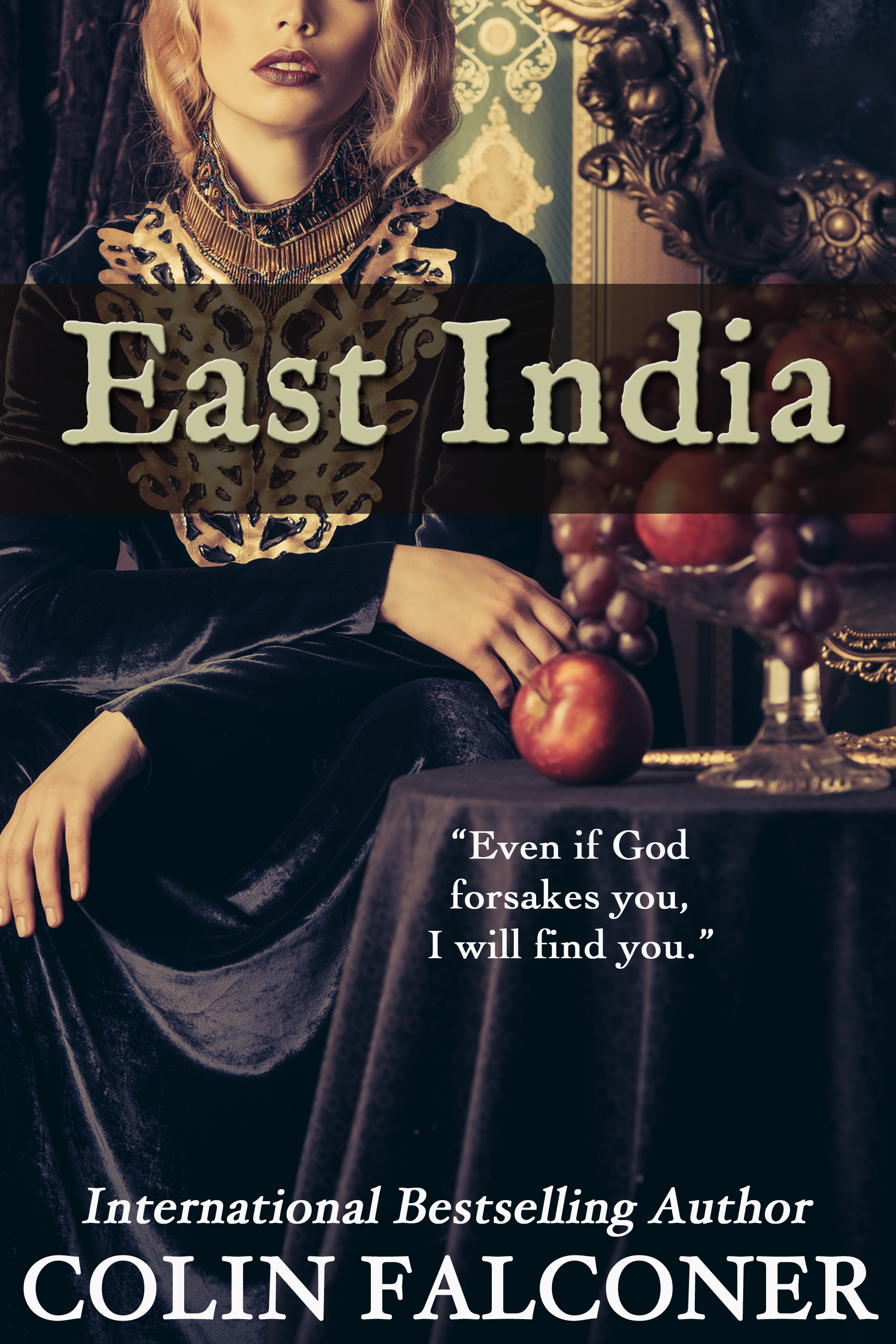
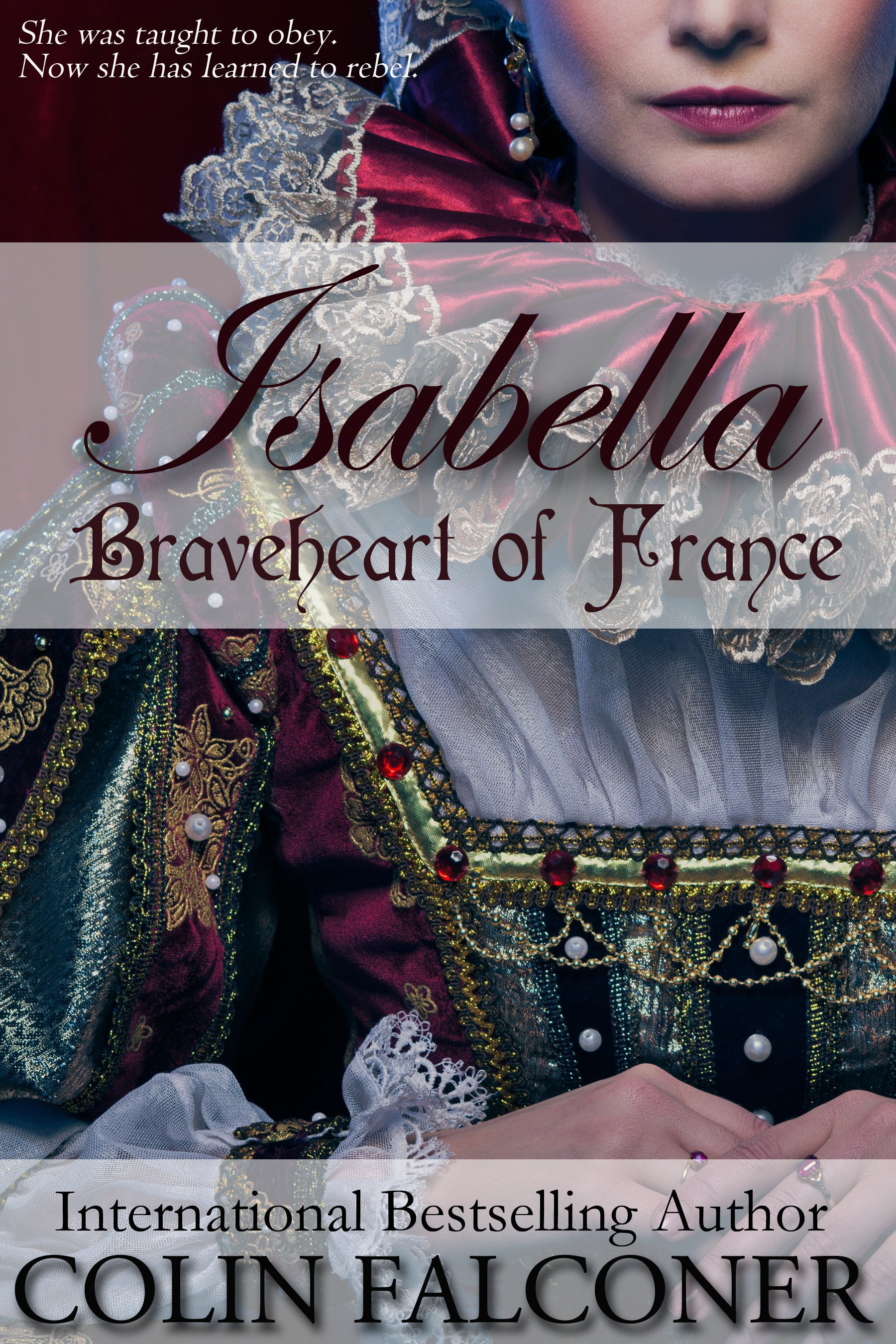
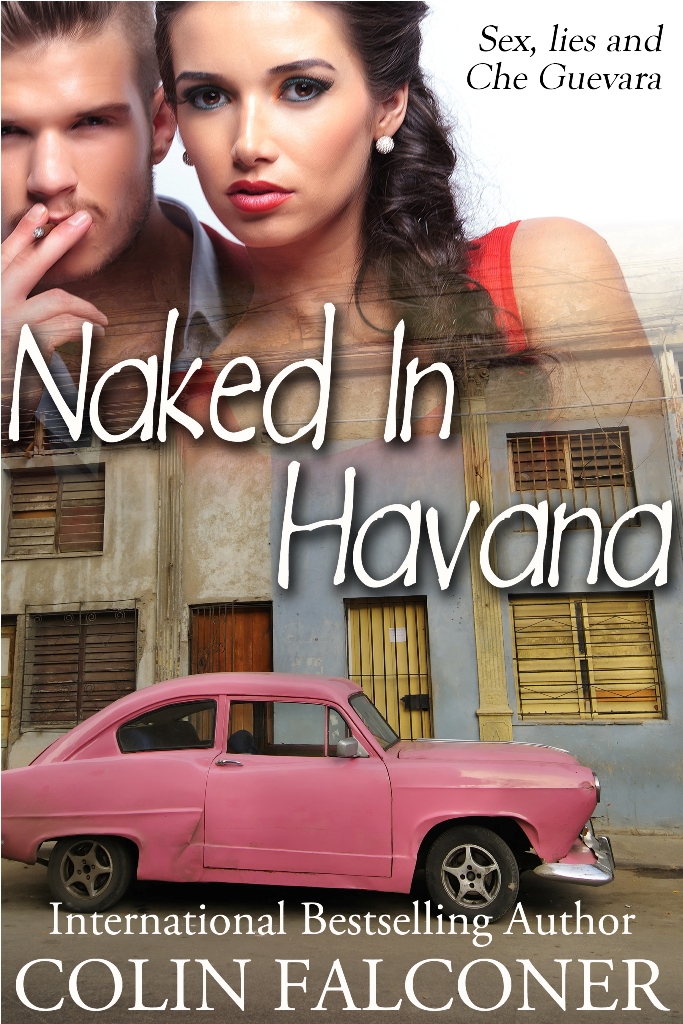


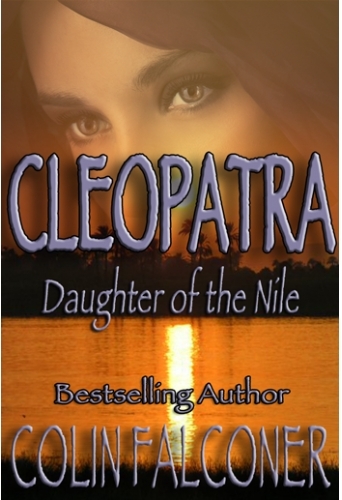




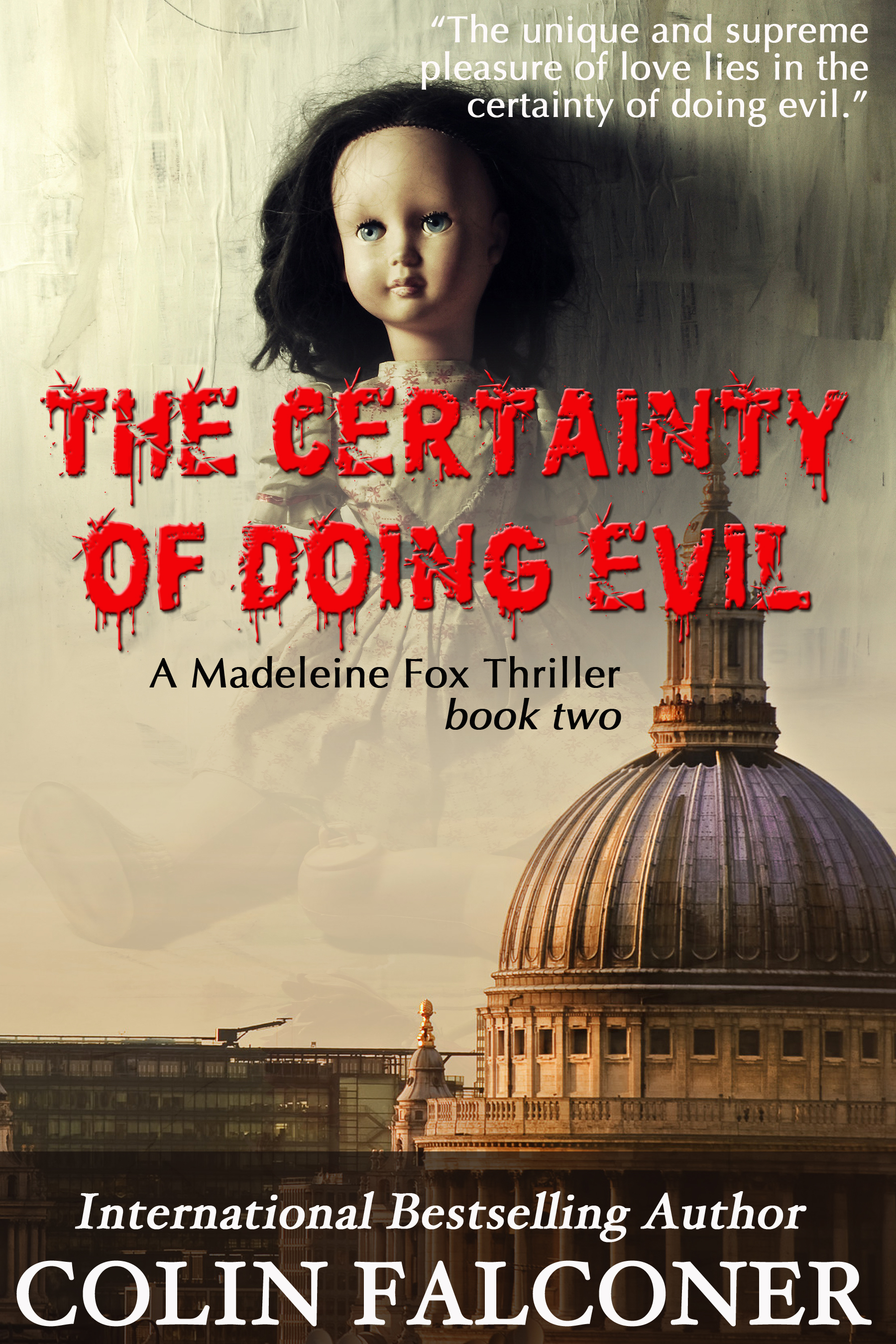

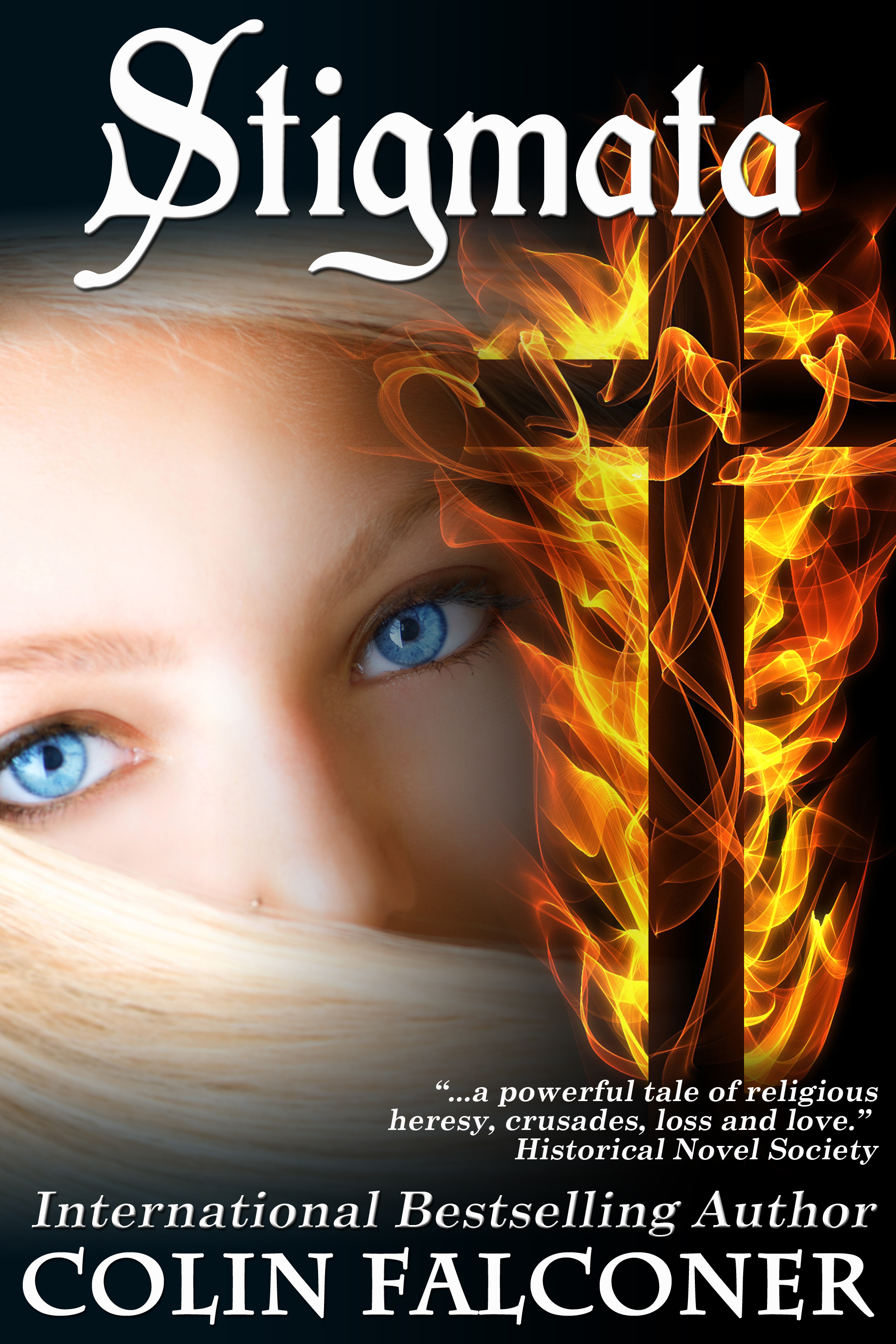
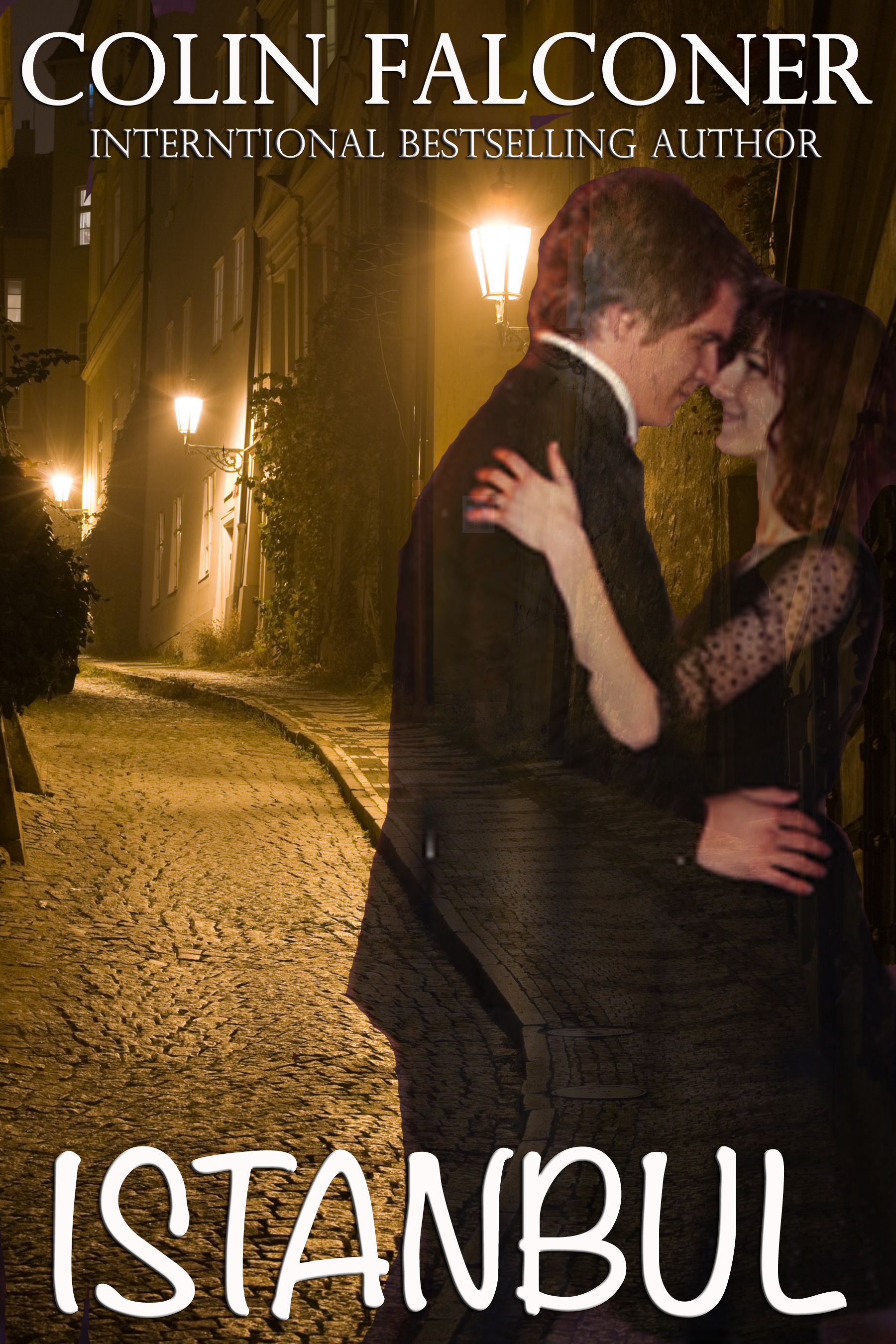

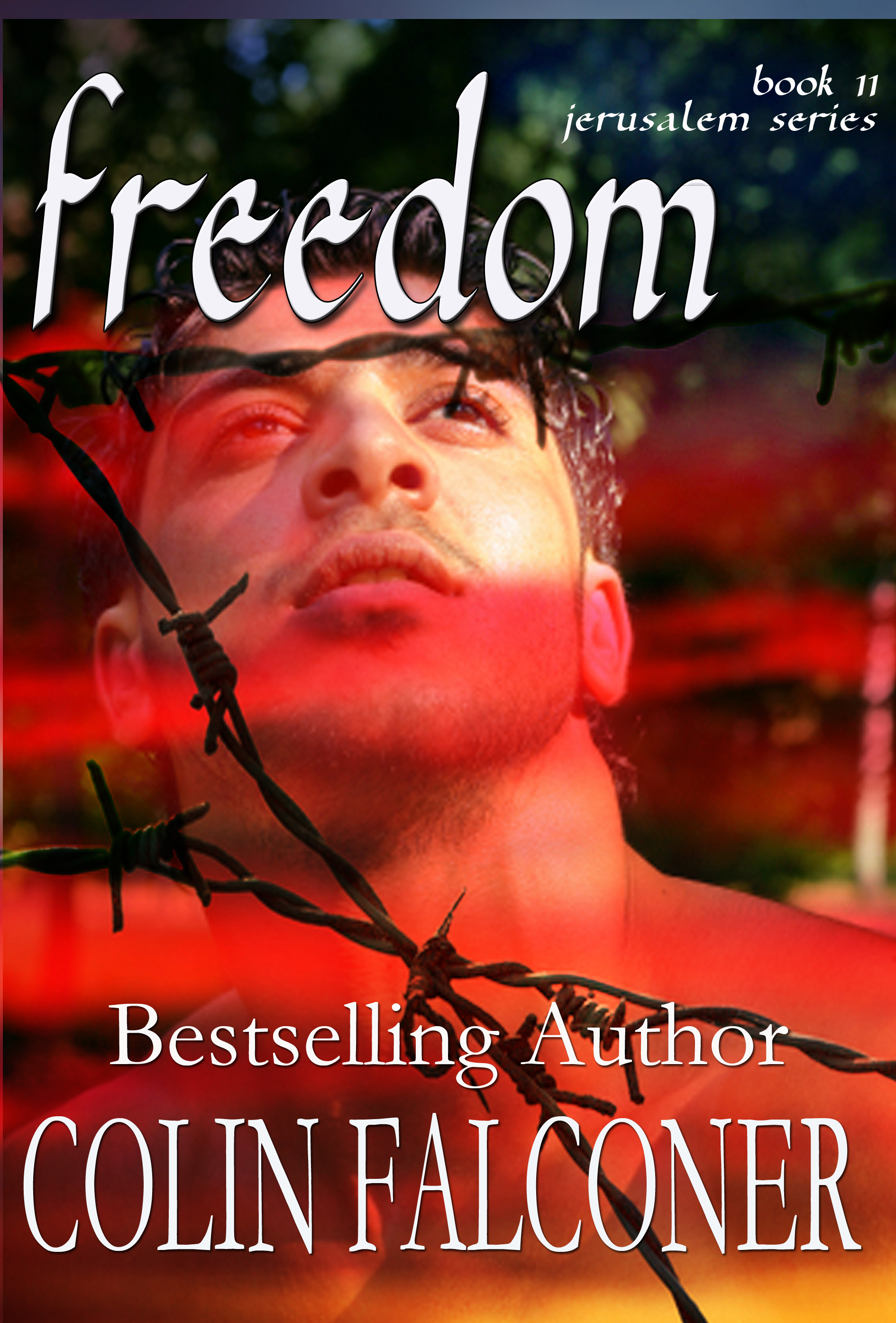


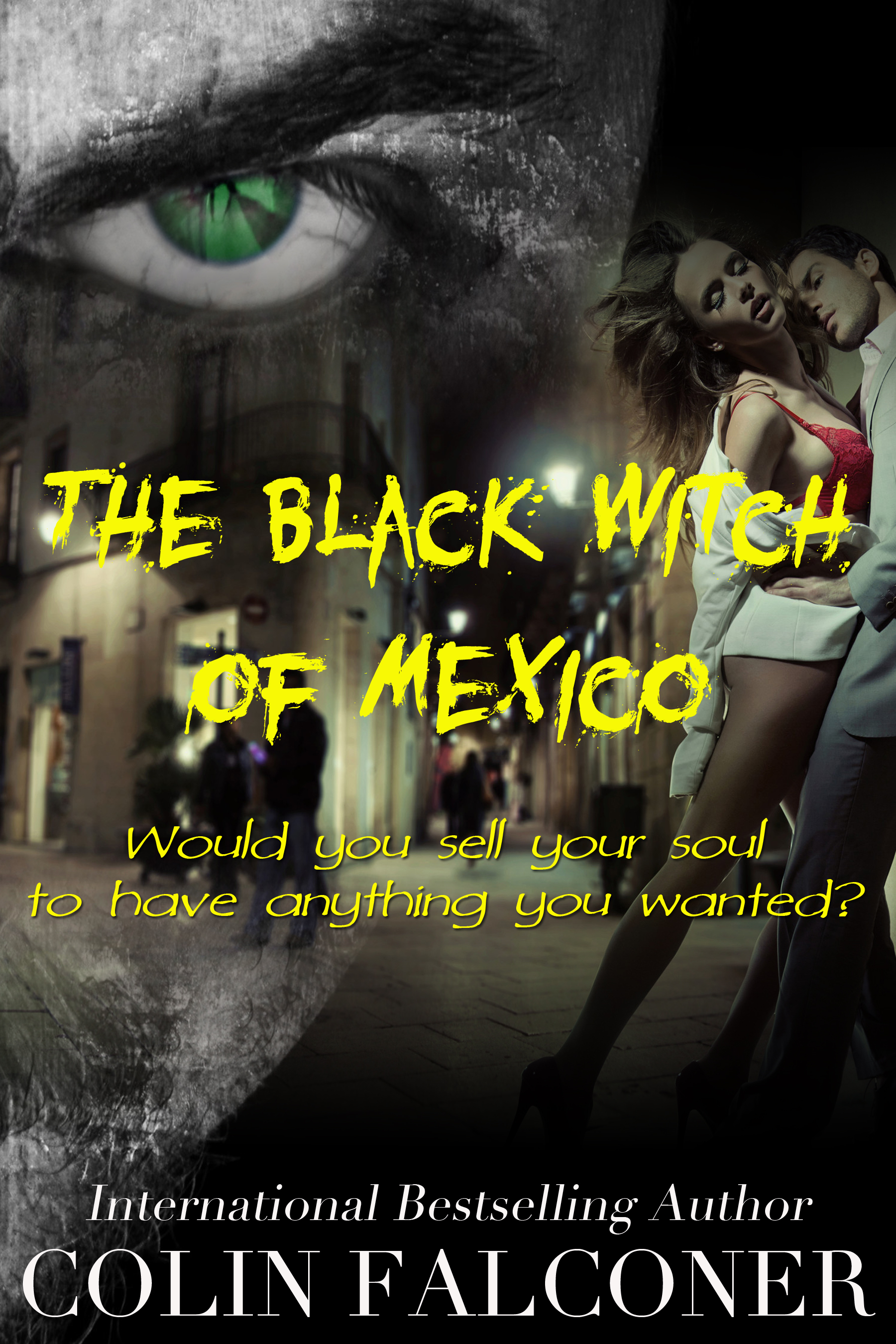
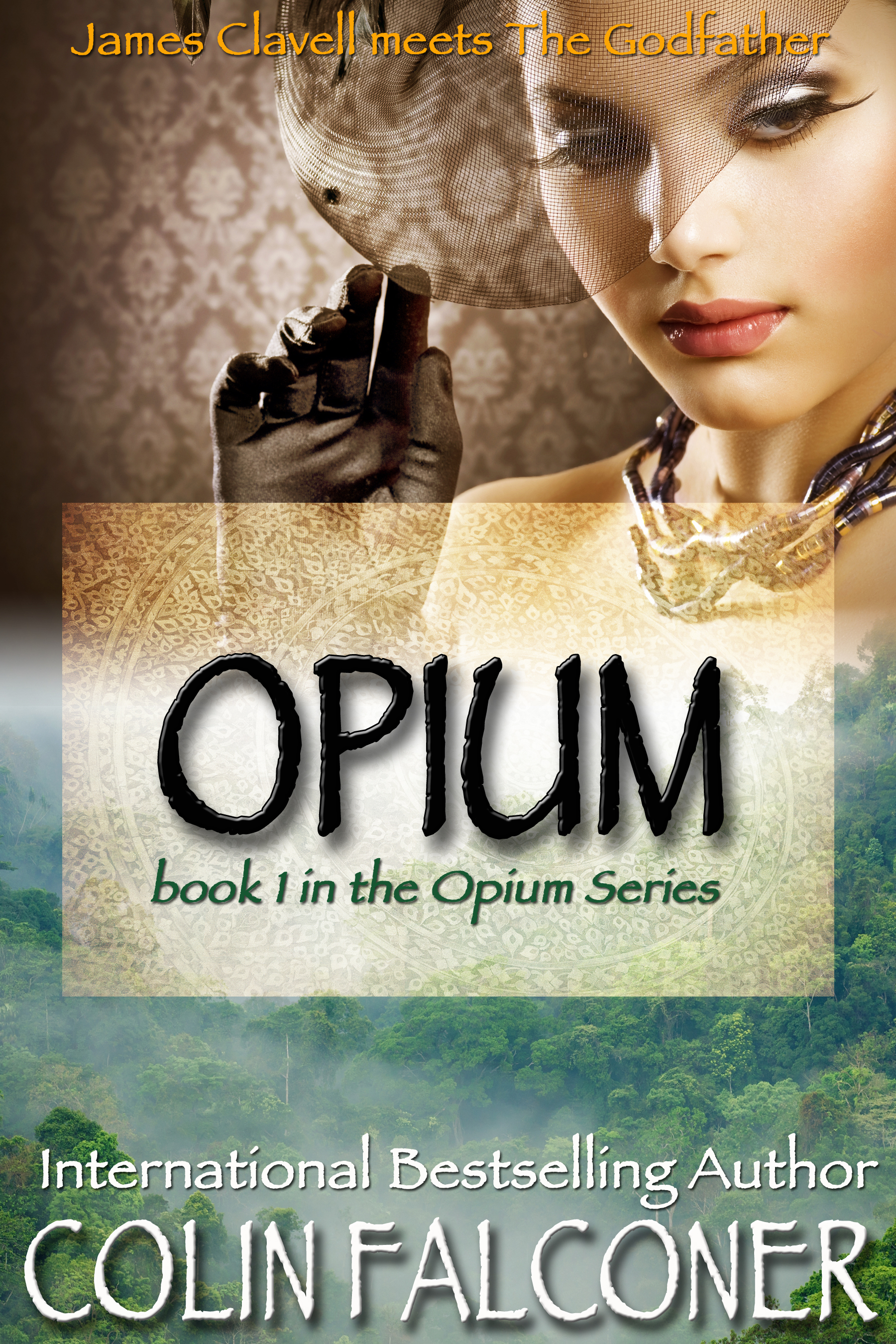

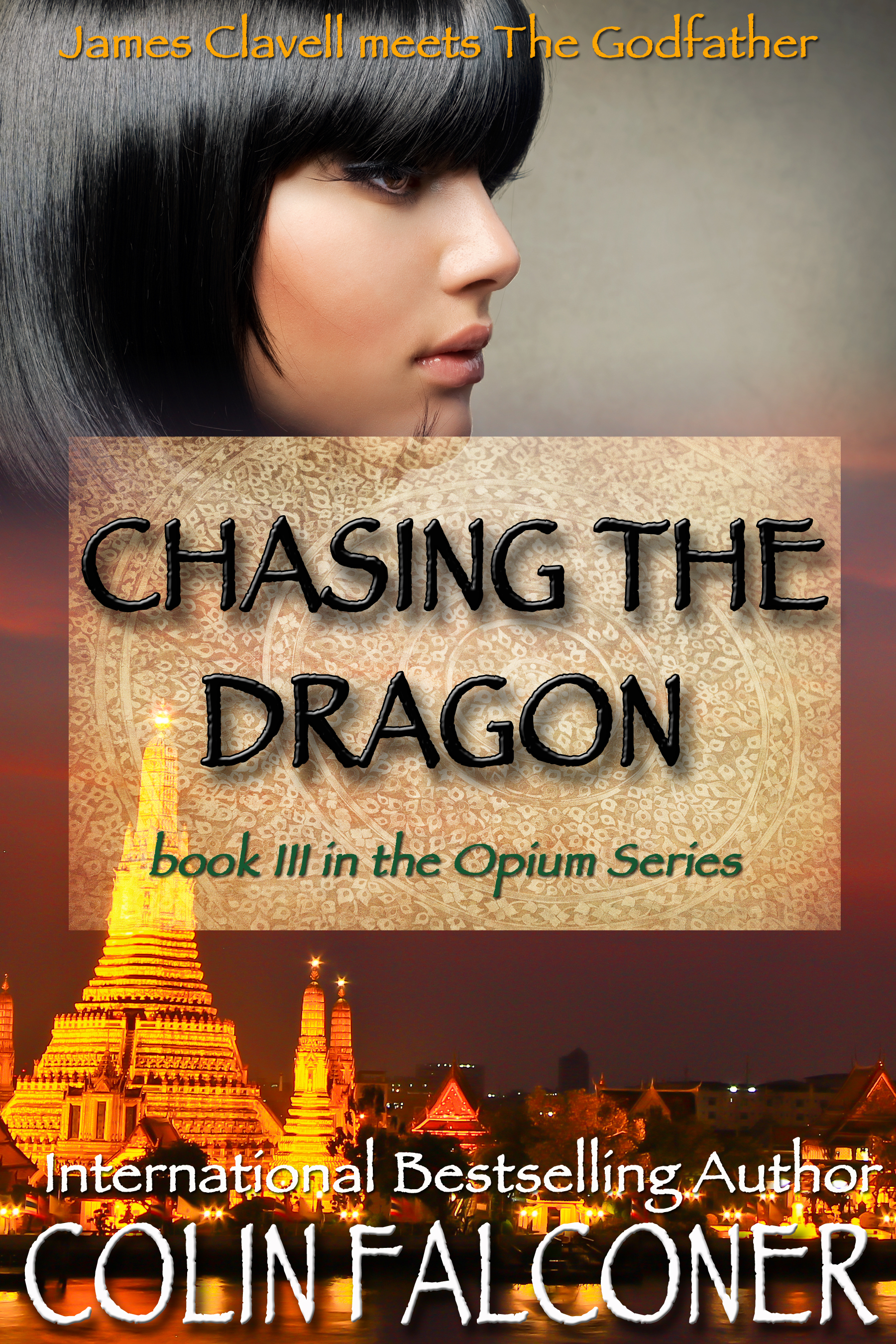
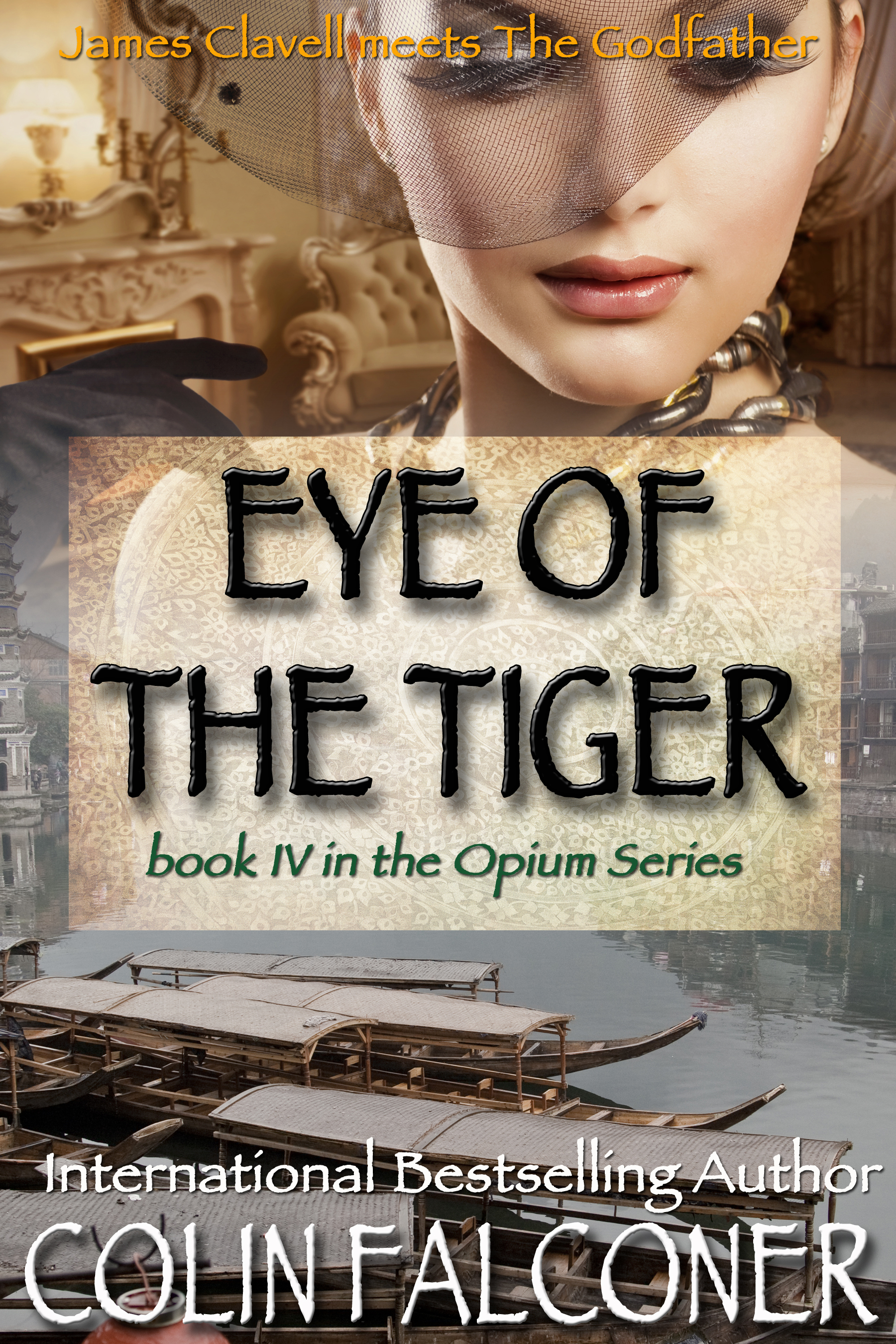
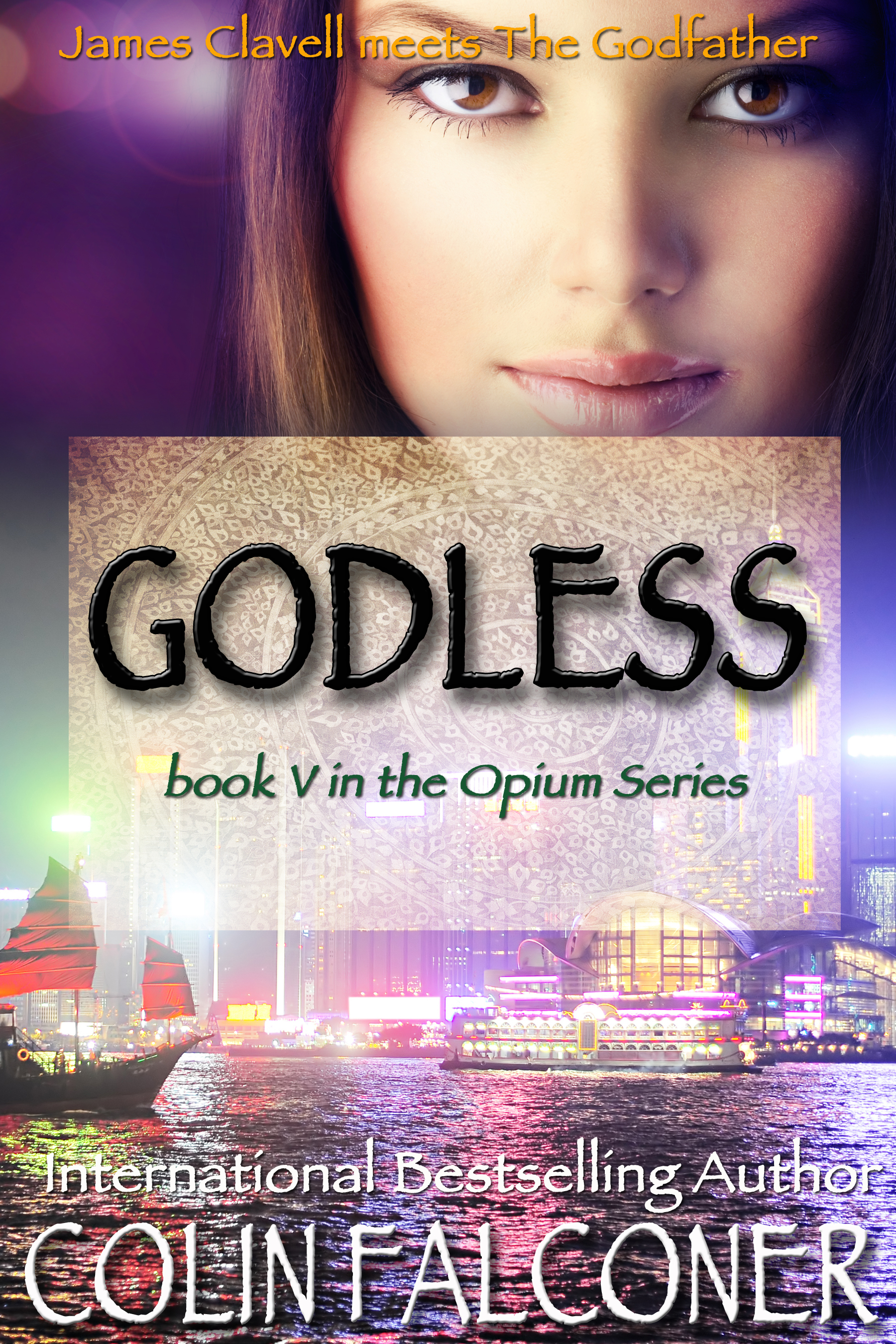



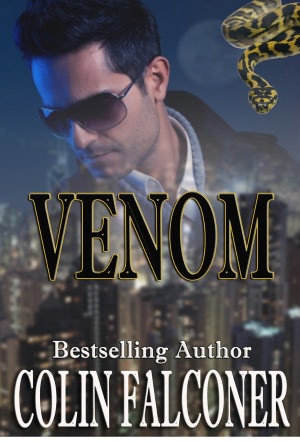
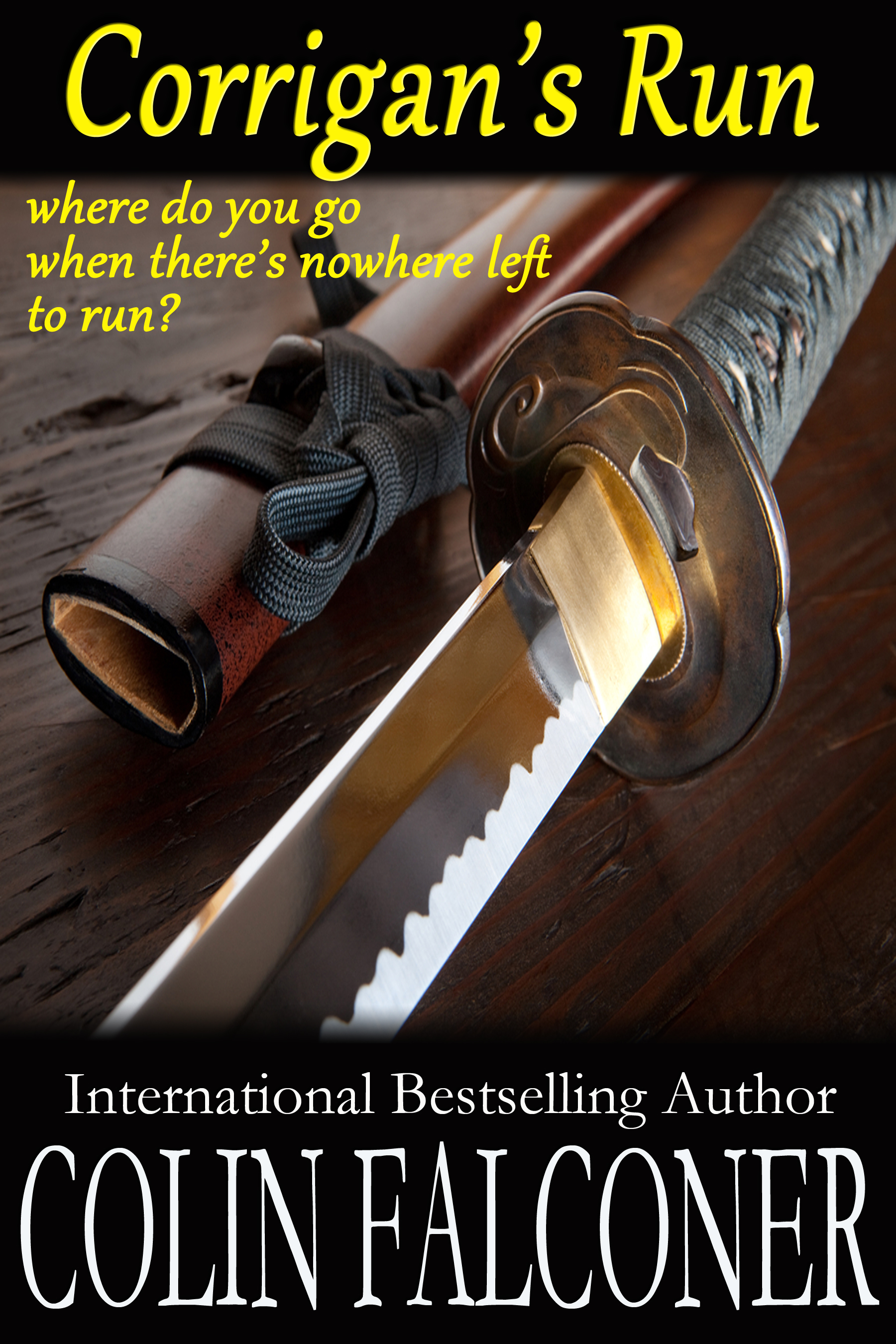
Have always been fascinated by Russian history . Have in fact read this book & enjoyed it very much . Like to read more on Rasputin as well
Thanks Margaret. And good point - I might look more into Rasputin as well.
Mahalo Colin, I have Cleopatra and now Anastasia to read. I have read Aztec, Opium, and Harem. Living on an island, I enjoy the places you take me to, and the strong women I meet.
I’m always curious about other cultures and other times. I’m so glad you’ve joined me on my journey. Thank you.
I very much enjoyed Jerusalem and will be picking this up as well.
Did you like Freedom, the sequel to Jerusalem??
Didn’t realize there was a sequel. Must look for it now.